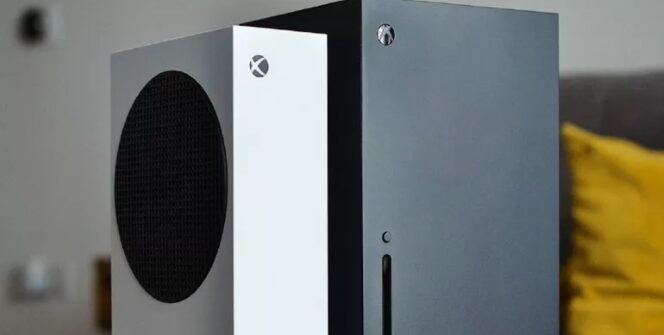From the outside, you might not notice any changes to the Redmond company’s consoles (aside from the lack of a Blu-ray drive on the All-Digital version), but if you take them apart, you’ll discover some new features.
In the video embedded below, Austin Evans takes a look at what’s under the “hood” of the new models (Xbox Series X All-Digital, Xbox Series X Special Edition with 2TB of storage). The main change is that the console has a 6-nanometer SoC (system-on-a-chip), which can run at the same clock speed as the larger chip in the original Xbox Series X, but at a lower voltage and generates less heat, resulting in a conventional heat sink instead of a pair chamber cooling system and no loss of performance.
Another factor that has improved with the newer technology is the 6nm SoC’s lower power consumption in standby and gaming. In Evans’ test, the original 2020 Xbox Series X model consumed 61 watts while standing on the dashboard, compared to 51 watts for the Xbox Series X Special Edition and 28 watts for the Xbox Series X All-Digital Edition. When running Forza Horizon 5, there wasn’t much difference: the 2020 Xbox Series X consumed 167W on average, the Xbox Series X Special Ediition 156, and the Xbox Series X All-Digital 151, and the two newer models had identical heat and noise levels. Again, we should add that this could change over time.
The 2TB NVMe SSD in the Xbox Series X Special Edition isn’t a bad idea, as games tend to get bigger over time (not so with Call of Duty: Black Ops 6, and we’ll come back to that in the news later today), so more than once you’ll see that 50GB wouldn’t be enough for a AAA title.
It might be worth revisiting the new models in a year’s time. How hot and noisy will they be then?
Source: WCCFTech
















Leave a Reply